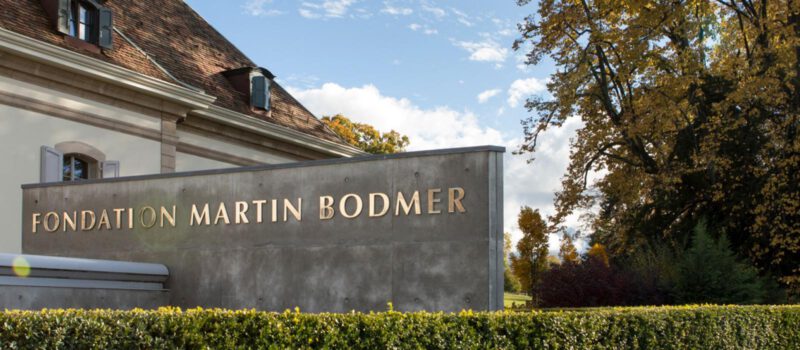Multispectral imaging is one of the imaging techniques that make it possible to take images of objects in the range of selected, very narrow wavelength ranges of the reflected light in order to obtain information about objects that cannot be perceived by the human eye. It can be used to detect and visualize materials and structures that are invisible to the human eye.
Many scientific fields, such as forensics, geology, meteorology and art technology, use multispectral imaging to document and analyze important data about nature as well as man-made objects.
When multispectral imaging is performed, images are usually first taken in the visual spectrum, which means that an object is imaged as it is seen by the naked eye. Then, specific images are taken in different wavelength ranges (e.g., ultraviolet, infrared, and near-infrared) where specific content becomes visible. Such imaging can also be done in combination: i.e., one constructs a composite image that combines the input of multiple spectra, a so-called false-color image. In this case, data from spectra outside the visible range are represented either with an artificial color such as red or blue, or in grayscale. Composite images can show high-energy regions and other interesting things.
In art technology, multispectral imaging is used especially in painting and graphics analysis to reveal image supports, overpaintings (pentimenti), underdrawings, or watermarks, among other things.
Book2net has developed a novel, filterless method that is particularly suitable for the multispectral analysis of graphics, hand drawings and written material.
The book2net multispectral system works without changing filters (i.e. vibration-free) and without post-correction of sharpness and focus in the spectral ranges (i.e. pixel-scale accurate).
Single or series of scans can be performed in definable nm intervals. The scan results can be superimposed and analyzed with pixel accuracy.
For further information see: https://book2net.net/en/multispectral-imaging/




